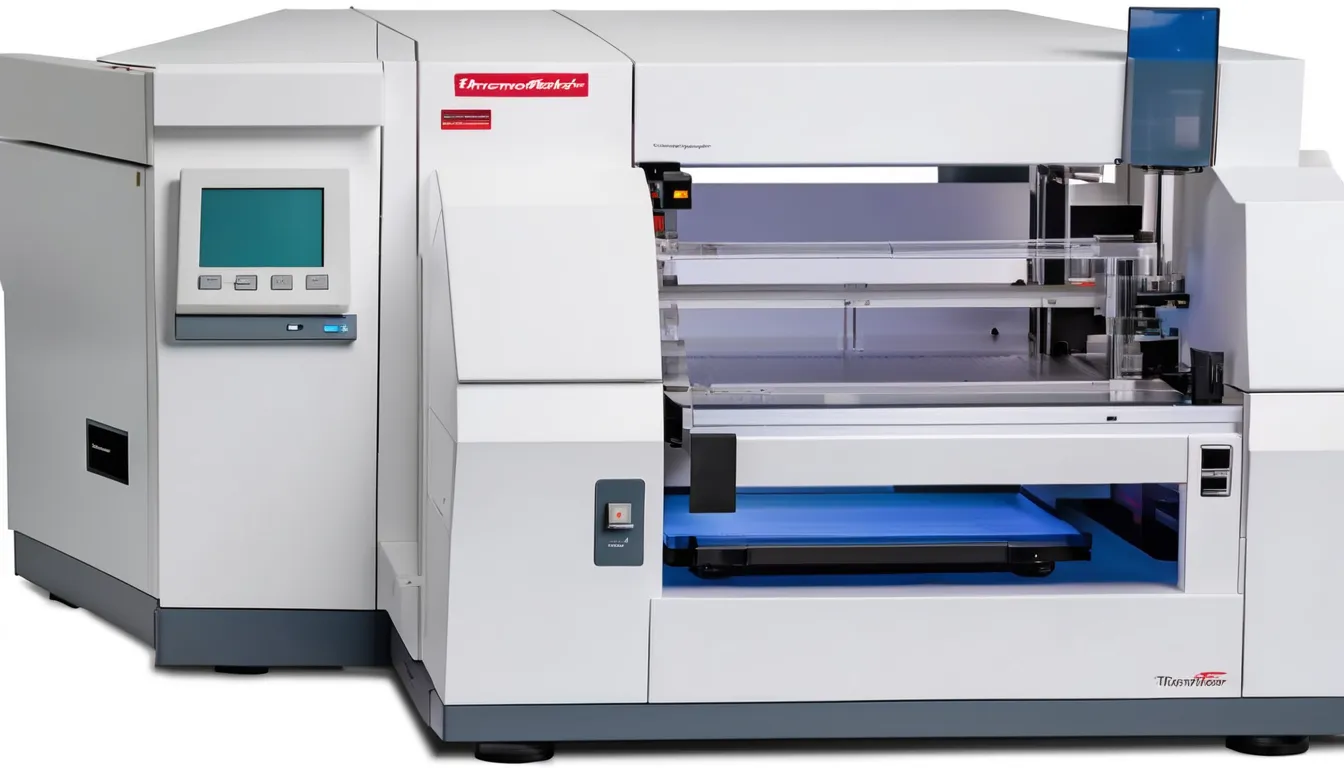When you’re working in a research lab, understanding how to effectively use Thermo autosamplers can significantly enhance your workflow. You’ll want to familiarize yourself with their key features and follow best practices to ensure optimal performance. From selecting the right sample vials to performing regular maintenance, each step plays a vital role in minimizing errors and improving data quality. But what are the specific practices that can truly elevate your results? Let’s explore some essential tips that could make all the difference.
Understanding Thermo Autosamplers
Understanding Thermo Autosamplers is crucial for enhancing the efficiency of your laboratory processes. These devices automate sample handling, allowing you to focus on analysis rather than repetitive tasks. By using an autosampler, you can increase throughput and minimize the risk of human error, which often occurs during manual sample preparation.
Thermo Autosamplers are designed to integrate seamlessly with various analytical instruments, providing a reliable and consistent means of sample introduction. You’ll find that they come equipped with features like temperature control and customizable sample trays, making them versatile for different types of assays. This means you can tailor the setup to fit your specific research needs, whether you’re working with liquids, solids, or gases.
Additionally, the automation of sample injection promotes increased reproducibility in your results. When you standardize the process, it’s easier to track variations, identify trends, and ensure that your data remains reliable.
Key Features to Consider
When choosing a Thermo Autosampler, several key features can significantly impact your research outcomes.
First, consider the sample capacity. A larger capacity allows for more samples to be processed in one run, saving you time and increasing efficiency.
Next, look at the sample types it can handle. Ensure it’s compatible with the specific types of samples you work with, whether they’re liquids, solids, or gases.
Another crucial feature is the injection precision. High precision is essential for reproducibility in your experiments.
You’ll also want to evaluate the temperature control capabilities. If your samples are temperature-sensitive, having an autosampler with precise temperature regulation can help maintain sample integrity.
Additionally, consider the software interface. A user-friendly software can streamline your workflow, making it easier to set up methods and analyze data.
Connectivity options are also important; ensure it can integrate seamlessly with your existing laboratory equipment.
Lastly, check for maintenance requirements. A model that’s easy to clean and maintain can save you hassle in the long run.
Best Practices for Operation
Maximizing efficiency and accuracy in your lab requires following best practices for operating your Thermo Autosampler. First, familiarize yourself with the user manual. It’s packed with essential information that can help you avoid common pitfalls.
Next, ensure you’re using the correct sample vials and reagents specified for your autosampler. This helps prevent contamination and ensures reliable results.
Before starting any run, double-check the sample list and settings in the software. An accurate setup can save you time and prevent errors. Always calibrate the autosampler as needed and conduct a test run with a known sample. This allows you to verify that everything’s functioning correctly.
When loading samples, make sure they’re evenly distributed to avoid imbalances. You don’t want to risk damaging the autosampler or affecting the results.
Maintain a clean workspace and regularly replace any consumables like seals and syringes to prevent issues during operation.
Maintenance and Calibration Tips
Regular maintenance and calibration of your Thermo Autosampler are crucial for ensuring optimal performance and longevity. By following a consistent maintenance schedule, you can prevent potential issues and ensure accurate results.
Here are three key tips to keep your autosampler in top shape:
- Regular Cleaning: After each use, clean the sample lines and injection needle thoroughly. Residual contaminants can affect sample integrity and lead to inaccurate readings.
- Calibration Checks: Perform calibration checks regularly, ideally at the beginning of each week or before critical experiments. Use standard solutions to verify that your autosampler delivers precise volumes and maintains accuracy.
- Software Updates: Keep the firmware and software of your autosampler up-to-date. Manufacturers often release updates that improve functionality and fix bugs, which can enhance the overall performance of your device.
Troubleshooting Common Issues
Troubleshooting common issues with your Thermo Autosampler can significantly enhance your workflow and prevent disruptions in your research. Here are some typical problems you might encounter along with their possible solutions.
| Issue | Solution |
|---|---|
| Sample not aspirated | Check for clogs in the needle. Clean or replace if necessary. |
| Inconsistent sample volume | Calibrate the autosampler. Ensure the syringe is functioning properly. |
| Error messages | Refer to the user manual for specific error codes. Restart the device if needed. |
| Contamination | Ensure proper cleaning protocols are followed. Use dedicated tools for different samples. |
| Poor injection precision | Inspect the injector autosampler for thermo wear and tear. Replace seals as needed. |
Conclusion
In conclusion, using Thermo autosamplers can significantly boost your lab’s efficiency and accuracy. By familiarizing yourself with the user manual, choosing the right sample vials, and keeping up with maintenance, you can ensure optimal performance. Don’t forget to update the software and maintain a clean workspace to protect your samples. By following these best practices, you’ll enhance your data integrity and reproducibility, ultimately leading to more reliable research outcomes. Happy experimenting!



